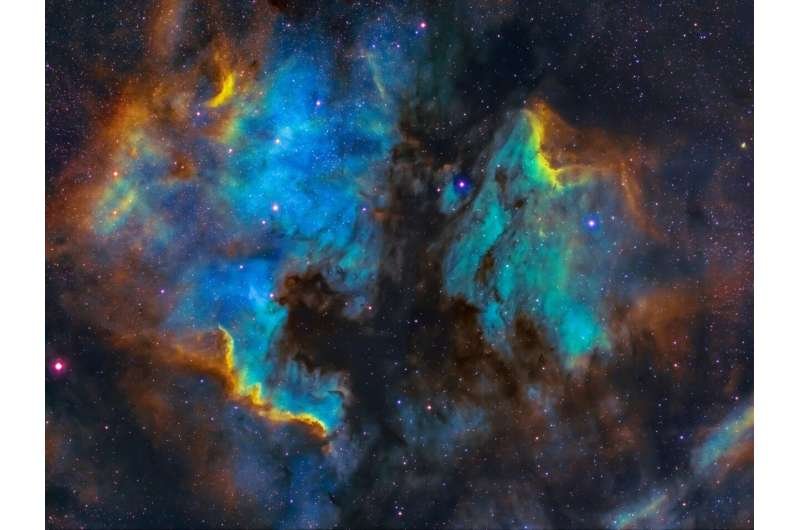
🌌 The Universe May Be Headed for a Big Crunch, New Study Suggests
For decades, scientists believed that the universe would expand forever. But new research suggests that the cosmos might have a definite end—collapsing back into a single point, like a stretched rubber band snapping.
Henry Tye, Professor Emeritus of Physics at Cornell University, has calculated that the universe is roughly halfway through its 33-billion-year lifespan. Using fresh data from major dark-energy observatories, Tye concludes that the cosmos will continue expanding for another 11 billion years before beginning to contract. The process will culminate in a dramatic “Big Crunch” about 20 billion years from now.
From Expansion to Collapse
The universe, now 13.8 billion years old, has been expanding since the Big Bang. Its fate depends largely on the cosmological constant, a concept first introduced by Albert Einstein. If this constant is positive, the universe expands forever. If it is negative, expansion eventually halts and reverses.
For the past two decades, most cosmologists assumed the constant was positive. But new observations from the Dark Energy Survey (DES) in Chile and the Dark Energy Spectroscopic Instrument (DESI) in Arizona suggest otherwise. Tye’s calculations, incorporating these findings, point toward a negative cosmological constant—and therefore, an eventual collapse.
Dark Energy and a Hypothetical Particle
Dark energy, which makes up about 68% of the universe’s total mass and energy, has long been one of the greatest mysteries in physics. Tye and his team propose that a hypothetical, ultra-light particle may influence dark energy. Early in the universe’s history, this particle behaved like a cosmological constant, driving expansion. But today, its influence may be shifting the balance toward contraction.
What Comes Next
According to Tye, what’s groundbreaking about this model isn’t just the prediction of collapse—it’s the timeline. The research suggests not only that the universe has an endpoint, but also when it is expected to occur.
Upcoming missions and surveys—including the Euclid Space Telescope (ESA), NASA’s SPHEREx mission, the Zwicky Transient Facility in California, and the Vera C. Rubin Observatory—will gather more data to test these theories.
Why It Matters
Knowing both the beginning and end of the universe reshapes our understanding of existence. In the 1960s, science confirmed that the universe had a beginning: the Big Bang. Now, evidence points to an ending as well.
“For any life, you want to know how it begins and how it ends,” Tye explains. “It’s good to know that, if the data holds up, the universe will have an end.”
